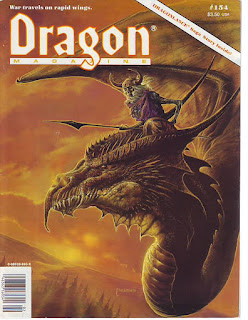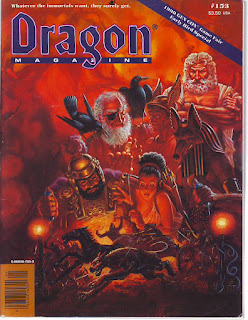The "original" Dungeons & Dragons created by master magicians Gary Gygax and Dave Arneson. It was published in 1974 and is a bit of a far cry from the D&D that was yet to come. But it's amazing to see this early take on the rules.
There were just three classes included: Fighting Man, Magic User and Cleric. Four races: Human, Elf, Hobbit and Dwarf.
The game was based on the miniatures wargame Chainmail and it borrows heavily from those rules.
Subtitled :Rules for Fantastic Medieval Wargames
Campaigns Playable with Paper and Pencil
and Miniature Figures
The set includes :
Volume 1 : Men and Magic
Volume 2 : Monsters and Treasure
Volume 3 : The Underworld & Wilderness Adventures
Reference Sheets








































